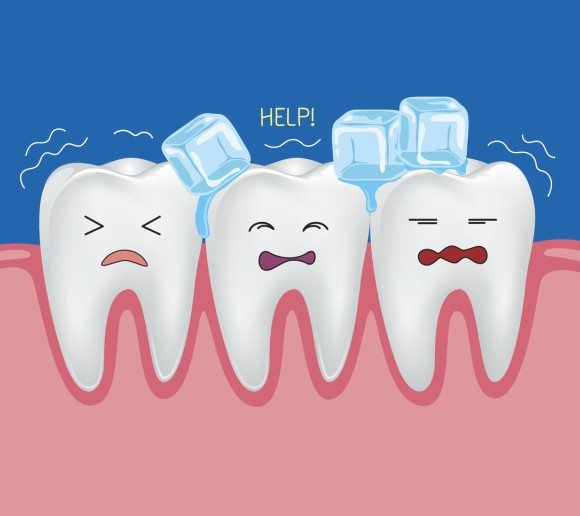Cut On Gum Treatment: Heal Faster
The unfortunate occurrence of cutting on gum tissue can be a painful and frustrating experience, especially when it happens during everyday activities like eating or speaking. However, understanding the appropriate treatment and care for such injuries can significantly mitigate discomfort and promote faster healing. This comprehensive guide delves into the world of cut on gum treatment, exploring the causes, symptoms, and most importantly, the effective strategies for healing and prevention.
Causes and Symptoms of Cut on Gum
Before diving into the treatment options, it’s essential to understand the common causes and symptoms associated with cuts on the gum. These injuries can result from various factors, including:
- Accidental Bites: Perhaps the most common cause, accidental bites while eating can lead to cuts on the gum, especially if the food is hard or sharp-edged.
- Oral Appliances: Ill-fitting dentures, braces, or other oral appliances can sometimes cause irritation or cuts on the gum.
- Sharp Teeth: Individuals with sharp teeth, either naturally or due to dental work, might experience cuts on the gum, particularly if there’s a habit of biting the cheek or lip.
- Nutritional Deficiencies: Deficiencies in vitamins like Vitamin C or B12 can affect oral health, potentially leading to gum issues, including increased susceptibility to cuts.
Symptoms of a cut on the gum can vary but typically include:
- Pain or discomfort, especially when eating or drinking
- Swelling or redness around the affected area
- Bleeding, which is usually minor but can be alarming
- Sensitivity, particularly to temperature changes
Effective Treatment Strategies
Treating a cut on the gum involves a combination of self-care practices and, in some cases, professional dental intervention. Here are some effective strategies for promoting healing:
1. Initial Care:
- Apply Pressure: Gently apply pressure to the cut using a clean cloth to stop any bleeding.
- Rinse with Salt Water: Mixing 1 teaspoon of salt in 8 ounces of warm water creates a natural antiseptic solution that can help clean the area and reduce swelling.
- Cold Compress: Applying a cold, wet compress to the outside of the cheek or lip near the cut can help reduce pain and swelling.
2. Oral Hygiene:
- Gentle Brushing: Continue brushing teeth as usual but be gentle around the affected area to prevent further irritation.
- Mouthwash: Using an antibacterial mouthwash can help keep the area clean, though it’s advisable to avoid mouthwashes containing alcohol, which can irritate the cut.
3. Pain Management:
- Over-the-Counter Pain Relievers: Taking over-the-counter pain relievers like acetaminophen (Tylenol) or ibuprofen (Advil) can help manage pain and discomfort.
- Topical Anesthetics: Products containing benzocaine can be applied topically to numb the area, providing temporary pain relief.
4. Soft Diet:
- Eating soft foods that are easy to chew can reduce further irritation to the cut gum. Opt for foods like yogurt, scrambled eggs, and cooked vegetables.
5. Avoid Irritants:
- Tobacco and Alcohol: Avoid tobacco and alcohol as they can impair healing and irritate the mouth further.
- Sharp or Hard Foods: Avoid foods that are sharp, hard, or spicy, as they can exacerbate the injury.
Preventive Measures
Preventing cuts on the gum involves a combination of good oral hygiene practices, regular dental check-ups, and awareness of potential hazards:
- Regular Dental Visits: Regular dental check-ups can help identify and address any oral health issues before they become serious.
- Proper Fitting of Dental Appliances: Ensuring that any dental appliances fit properly can prevent irritation and cuts.
- Awareness During Eating: Being mindful while eating, especially with hard or sharp foods, can reduce the risk of accidental bites.
Conclusion
Cutting on gum tissue, while painful and inconvenient, can be effectively managed with the right approach to treatment and care. By understanding the causes, recognizing the symptoms, and employing effective treatment strategies, individuals can promote faster healing and reduce discomfort. Moreover, incorporating preventive measures into daily routines can significantly lower the risk of such injuries, contributing to overall better oral health and well-being.
FAQ Section
How long does it take for a cut on the gum to heal?
+The healing time for a cut on the gum can vary depending on the depth and size of the cut, as well as the individual’s overall health. Minor cuts can heal within a few days, while deeper cuts may take up to two weeks to fully heal.
Is it necessary to see a dentist for a cut on the gum?
+While minor cuts can often be managed with self-care, it’s advisable to consult a dentist if the cut is deep, bleeding heavily, or shows signs of infection such as increased redness, swelling, or pus. A dentist can provide professional cleaning, apply topical treatments, and offer personalized advice on care and prevention.
Can cuts on the gum lead to more serious oral health issues?
+If left untreated or poorly managed, cuts on the gum can potentially lead to more serious issues such as infection, which can spread to other parts of the mouth or even systemic infections in rare cases. Regular dental check-ups and good oral hygiene practices can help prevent such complications.

